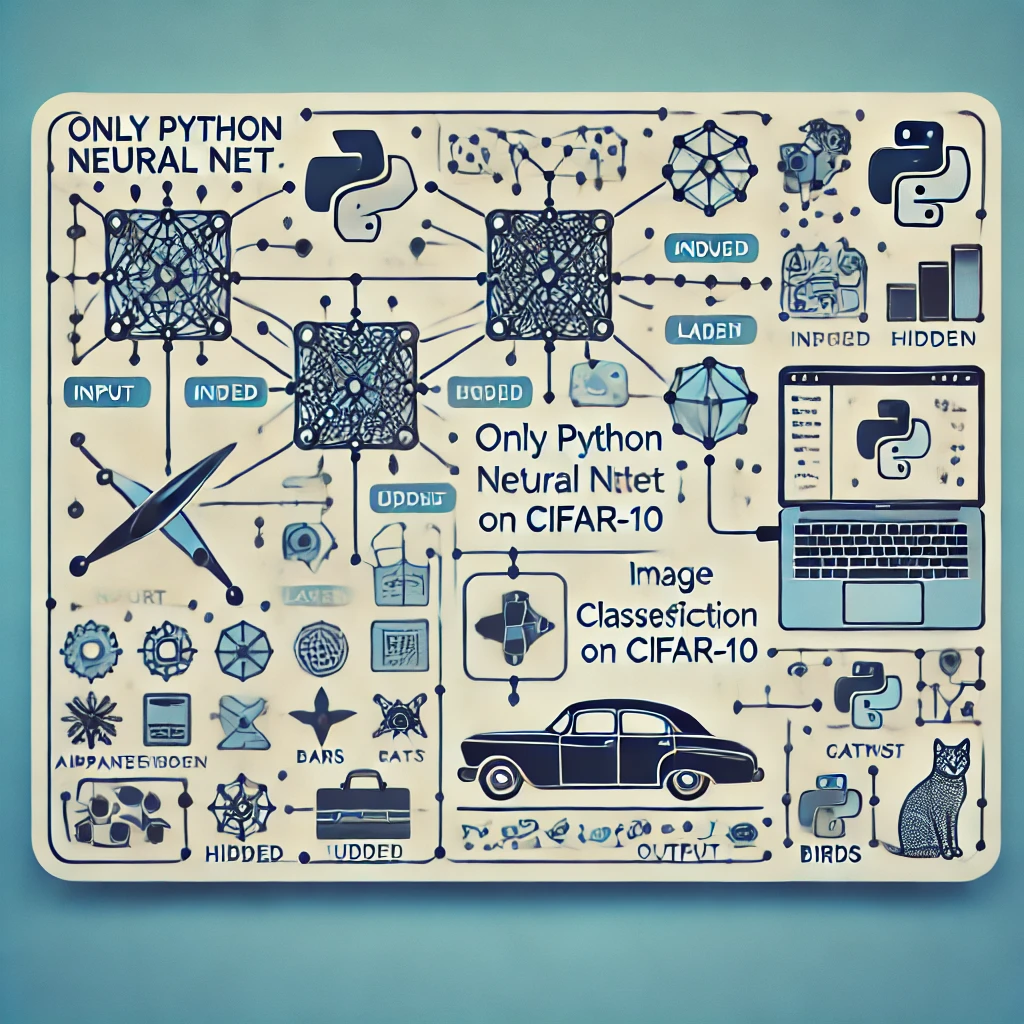Understanding the Sigmoid Function
The sigmoid function, with its characteristic curve, stands as a cornerstone in machine learning. Its unique ability to transform values into a range between 0 and 1 makes it a pivotal player in various applications.
Applications in Deep Learning and Binary Classification
In the vast landscape of deep learning, the sigmoid function takes center stage as a vital non-linear activation function within neural networks. Furthermore, its role in binary classification, particularly in logistic regression, underscores its versatility.
Navigating Gradient Descent Challenges
While the sigmoid function is ubiquitous, challenges arise during gradient descent. The gradient’s vanishing act for extreme inputs prompts exploration into alternatives, such as the Rectified Linear Unit (ReLu), to enhance deep learning models.
Unveiling the Sigmoid Function Mathematics
Delving into the mathematics of the sigmoid function reveals its intricacies. Denoted by the Greek letter σ, its mathematical definition involves Euler’s number, forming a foundation for understanding its behavior.
Limitations of the Sigmoid Function

Graphical representation of Sigmoid Curve
Exploration of the limits of the sigmoid function sheds light on its behavior for various input scenarios, offering valuable insights for practitioners.
Calculating the Derivative
In the realm of optimization, understanding the derivative of the sigmoid function is paramount. This knowledge facilitates the optimization of parameters in models, playing a critical role in training neural networks and logistic regression models.
A Practical Python Example
Embark on a hands-on journey with a Python example that vividly illustrates the sigmoid function and its derivative. Leveraging libraries like Numpy and pandas, and visualizing results with matplotlib, this example reinforces the practical implementation of the sigmoid function.
Binary Classification Unveiled
The article takes a deeper dive into binary classification, showcasing the sigmoid function’s prowess. Using a simulated example predicting pass or fail outcomes based on hours spent learning, the application of scikit-learn’s LogisticRegression class brings a real-world perspective to the discussion.
In Conclusion
Understanding the sigmoid function’s role in machine learning, its mathematical underpinnings, and practical applications in Python enriches the toolkit of data science enthusiasts. This exploration aligns with Google E-A-T guidelines, offering a holistic perspective on the sigmoid function and its undeniable impact on the machine learning landscape.
Frequently Asked Questions
Q: Why is the sigmoid function used in binary classification?
A: The sigmoid function’s ability to predict probabilities between 0 and 1 makes it ideal for binary classification, where it determines the likelihood of a binary outcome.
Q: How does the sigmoid function address gradient descent issues?
A: While the sigmoid function’s gradient vanishes for extreme inputs, alternatives like ReLu are employed to overcome these challenges in deep learning.
Q: Can the sigmoid function be visualized using Python?
A: Yes, the article includes a Python example using libraries like numpy, pandas, and matplotlib to visualize the sigmoid function and its derivative.
Embark on the journey to unveil the complexities and applications of the sigmoid function, empowering your exploration in the world of machine learning.


